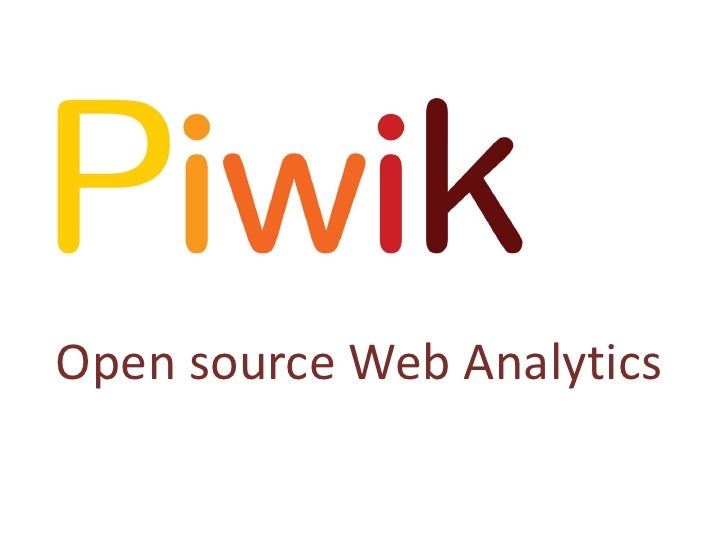Reciprocal Relationship between Subjective Well-Being, Social Media Engagement and Compulsive Buying Behavior
DOI:
https://doi.org/10.24843/MATRIK:JMBK.2024.v18.i01.p02Keywords:
compulsive buying behavior; reciprocal relationship; social media engagement; subjective well-being; longitudinalAbstract
This study aimed to investigate the interplay between subjective well-being (SWB), social media engagement (SME), and compulsive buying behavior (CBB). It explored long-term and reciprocal connections among these factors using a longitudinal design with a 2-wave investigation of 226 employees from various sectors in Jakarta, Indonesia. Partial Least Squares Structural Equation Modeling (PLS-SEM) cross-lagged analysis found that SWB at Time 1/Time 2 negatively predicted SME and CBB at the same times, indicating long-term influences. Additionally, SME at Time 1 and CBB at Time 2 significantly predicted SWB at Time 2. The study also found a positive relationship between SME and CBB at both times. This research contributes to the literature by empirically examining the reciprocal relationship among SWB, SME, and CBB, focusing on the association between SWB and CBB.
Keyword: compulsive buying behavior; reciprocal relationship; social media engagement; subjective well-being; longitudinal
Downloads
References
The primary aim of the current study was to investigate the interplay between subjective well-being (SWB), social media engagement (SME), and compulsive buying behavior (CBB). Additionally, the research sought to explore the long-term and reciprocal connections among SWB, SME, and CBB. Employing a longitudinal design, the study conducted a 2-wave investigation involving 226 employees from diverse sectors in Jakarta, Indonesia. The findings from the Partial Least Squares Structural Equation Modeling (PLS-SEM) cross-lagged analysis indicated that SWB at Time 1/Time 2 had a negative and significant predictive effect on SME at Time 1/Time 2 and CBB at Time 1/Time 2, supporting the presence of long-term influences. Moreover, the results demonstrated that SME at Time 1 and CBB at Time 2 significantly predicted SWB at Time 2. Lastly, the study revealed a positive and significant relationship between SME at Time 1/Time 2 and CBB at Time 1/Time 2. This study contributes to the literature by empirically examining the reciprocal relationship among SWB, SME, and CBB, particularly focusing on the association between SWB and CBB.
Downloads
Published
Issue
Section
License
 This work is licensed under a Creative Commons Attribution-ShareAlike 4.0 International License.
This work is licensed under a Creative Commons Attribution-ShareAlike 4.0 International License.













